Long before vampires were brooding emo creatures who sparkled and stalked high school girls, Universal Pictures launched what could be considered the first "Cinematic Universe" in their adaptation of Bram Stoker’s classic gothic horror tale, Dracula, with the man who had already made a compelling performance in the stage version, Bela Lugosi.
Universal’s 1931 production of Dracula runs a brisk 75-minutes in length, which makes it more of a condensed version of the Bram Stoker novel than it does a faithful adaptation of the source material, with large portions of it completely missing, yet even with such a short running time the movie still managed to capture much of the mood and atmosphere of the novel. The film opens with a solicitor named Renfield (Dwight Frye) travelling to Count Dracula's (Bela Lugosi) castle in Transylvania, despite being warned by the locals about what a really bad idea that is, and after a scary coach ride and a bizarre greeting from his host, a man with a rather eccentric attitude towards nature, “Listen to them. Children of the night. What music they make” he starts to wonder if maybe he should have taken their advice and maybe switched careers to something safer like bullfighting. That night he is menaced by Dracula’s three wives - "Dear Penthouse, I never thought something like this could happen to me" - until he is eventually attacked by the Count himself.
It’s things like this that have made Yelp reviews so important.
Renfield, who is now a raving lunatic and slave to Dracula’s will, helps his master travel from Transylvania to England so that the Count can broaden his menu. Upon arriving in England, after decimating the crew of the ship they travelled upon, Dracula quickly begins to snack on the locals which brings him to the notice of Professor Van Helsing (Edward Van Sloan), a well-respected scientist who immediately suspects that this recent plague of death is due to the work of a vampire, a conclusion I'm sure many of us would have made. Meanwhile, over at the local sanatorium run by Doctor Seward (Herbert Bunston), where the giggling mad Renfield has taken up residence, the lovely Mina Seward (Helen Chandler) and her friend Lucy Weston (Frances Dade) have caught the eye of the hungry Count and before you can say “I never drink... wine” Lucy is a blood-drained corpse and poor Mina is being drawn into his seductive web.
One must admit Dracula is a snappy dresser.
This production of Dracula is more an adaptation of the stage play than it was of the novel, producer Carl Laemmle Jr. had originally planned to make this a big-budget cinematic adaptation, one that would strictly adhere to the Bram Stoker novel, but due to the stock market crash of 1929 and the beginning of the Great Depression, the studio chose not to risk an investment on such a sprawling film and this resulted in much of the book being tossed into the dustbin in the service of the economy. No greater victim of this was the character of John Harker (David Manners), who in the book was the one who went to Castle Dracula while in the film he is your standard boring love interest whose sole job seems to be in doubting Van Helsing’s claims that a vampire is roaming about and clutching Mina’s hand like a moon sick schoolboy. Harker is allowed to join Van Helsing in the rescuing of Mina, not that he does much, and the exciting sea and land chase that took the book’s group of heroes from England and back to Transylvania, for the final confrontation with Dracula, is now reduced to Van Helsing and Harker jogging next door to Carfax Abbey and stabbing Dracula while he lays in repose in his coffin.
“I’d like to sink my fangs into the throats of Universal’s accountants.”
For the film, Bela Lugosi was hired to reprise the role that he made famous on Broadway and his suave and seductive depiction of the world’s most famous vampire quickly became the iconic default setting for the character, when one thinks of Dracula you can’t help hear Lugosi’s thick Hungarian accent, and only Lugosi could have pulled off such great line deliveries as “To die, to be really dead, that must be glorious!” and it was this performance that cemented his incarnation of Dracula for generations to come. Now, as great as Lugosi was in this film the standout actor here is undoubtedly Dwight Frye as Renfield, whose journey from concerned solicitor to insect-eating madmen was easily the more memorable performance, sadly, he was so good in this role that he was quickly pigeonholed into playing eccentric or jittery characters for the bulk of his career.
“I’m up for the lead role in a remake of Reefer Madness.”
Stray Observations:
• An opossum and an armadillo can be seen scuttling around Castle Dracula despite these animals only being found in the Americas. I like to think Count Dracula had them shipped in special as pets.
• If vampires need blood to survive what exactly were Dracula and his brides dining on before Harker showed up? The nearby villagers are clearly aware of the dangers of going out at night so where is Dracula getting his fresh blood supply?
• Killing the crew of the schooner Vesta, during a storm as turbulent as the one depicted here, seems a little careless on the part of the Count and could have easily resulted in his coffin ending up at the bottom of the sea.
• Doctor Seward’s sanitarium has the worst security imaginable as Renfield seems to come and goes as he pleases, and sure, he’s aided by Dracula at times but I still say Seward should have fired the idiotic attendant.
• The subplot of Lucy as the vampiric “Woman in White” is never resolved and we are left wondering if she’s still out there feeding on little children.
• In the novel, Dracula had boxes of earth stashed all over London and the surrounding area, but in the movie, he only has Carfax Abbey as his singular bolt hole. It certainly wouldn’t take Sherlock Holmes to figure out where he had taken Mina.
“Don’t worry my dear, who would think I'd be dumb enough to come back here?”
Dracula was helmed by legendary silent movie director Tod Browning, the man behind films like London After Midnight and Freaks, but any serious student of film history must realize that Browning didn’t have much of an impact on the film, his distrust of the medium of sound being a major factor here, it was cinematographer Karl Freund who elevated this picture to the classic stature it has today, in fact, Tod Browning was known to leave his cinematographer to take over filming during much of the shoot, making Freund something of an uncredited director on the film. What Browning actually brought to the project may be debated but what cannot be denied is the impact Dracula had on Universal and the film industry itself because from 1931 to the present day Bela Lugosi and Count Dracula are forever linked.
“Please, I’m not interested in converting to Catholicism.”
Even though vampires have gotten even sexier over the years, with Frank Langella’s performance in the 1979 version of Dracula being an especially romantic take on the Count, one shouldn’t forget that a sexy and handsome vampire was quite far from what Bram Stoker had described in his book, the creature depicted in his novel was probably closer to the Max Schreck version we saw in the silent film Nosferatu, it was Lugosi who brought the world the suave and sophisticated vampire we know today, but what is even stranger is the fact that despite there being over a hundred films about Dracula, not just vampire films but ones based solely on the Bram Stoker’s character, Bela Lugosi himself had only played his most iconic role twice in his lifetime, this film and the 1948 comedy Abbott and Costello Meet Frankenstein, and that’s just sad.
Universal’s Dracula was the beginning of the Golden Age of Horror because not only was it a box office success for the studio it also ushered in such cinematic greats as Boris Karloff’s Frankenstein, Lon Chaney Jr’s The Wolf Man and Claude Rains as The Invisible Man and turned the Universal Monsters into a cinematic juggernaut, and it all started here with Bela Lugosi and the most famous vampire of all.
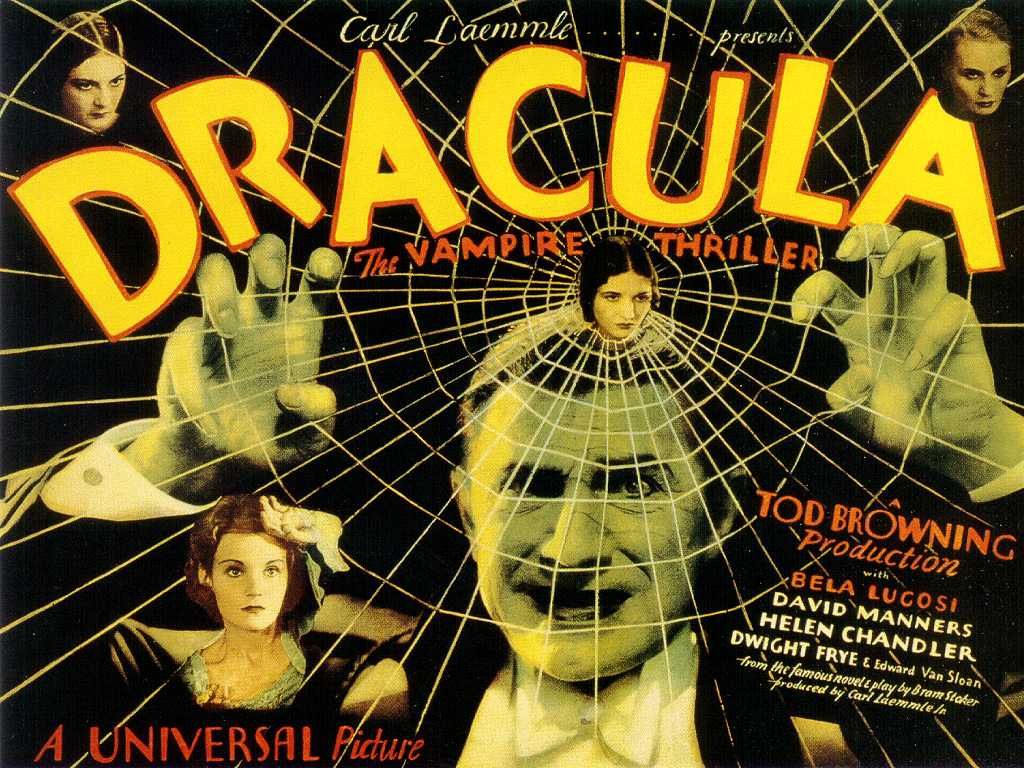
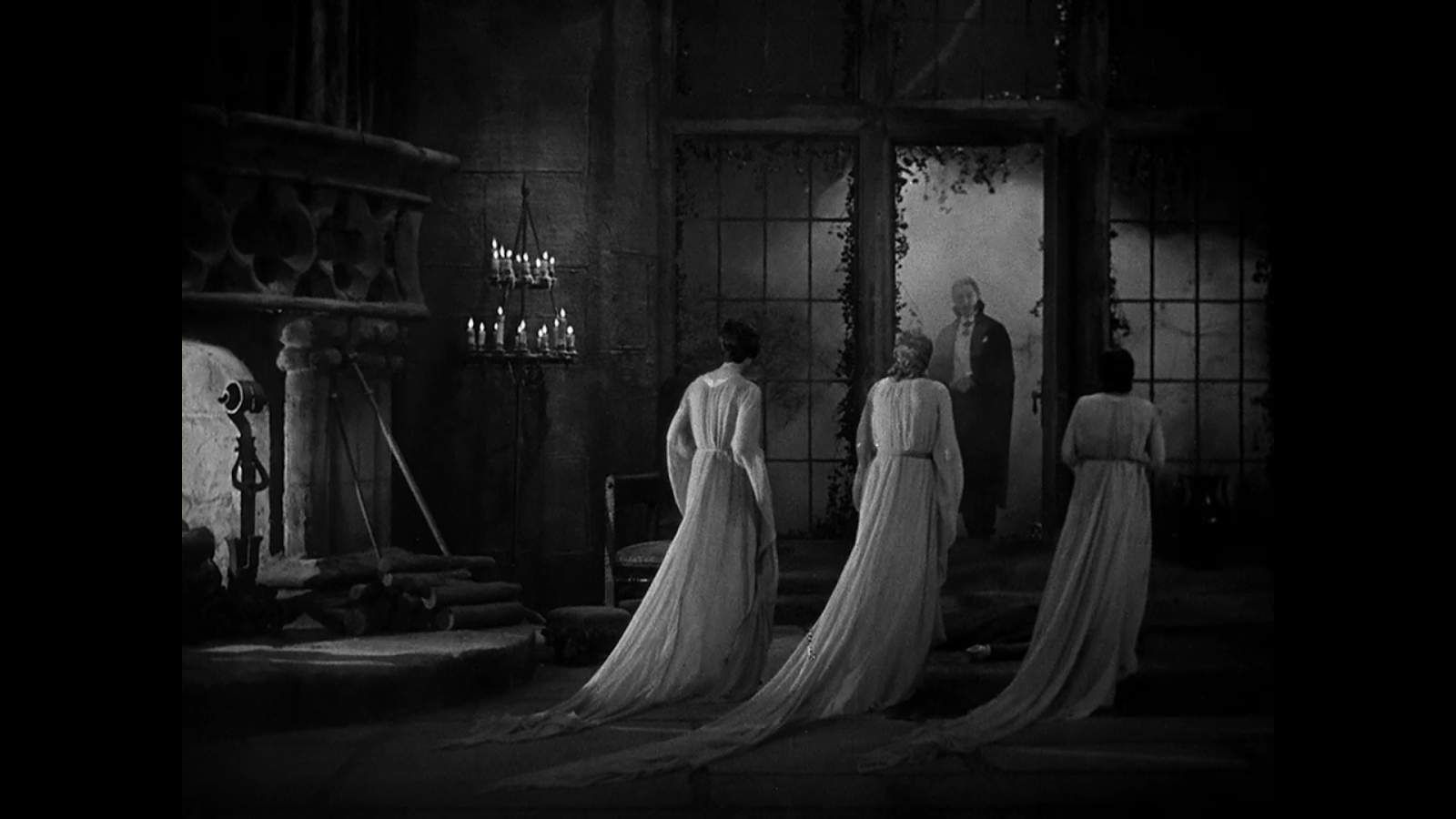
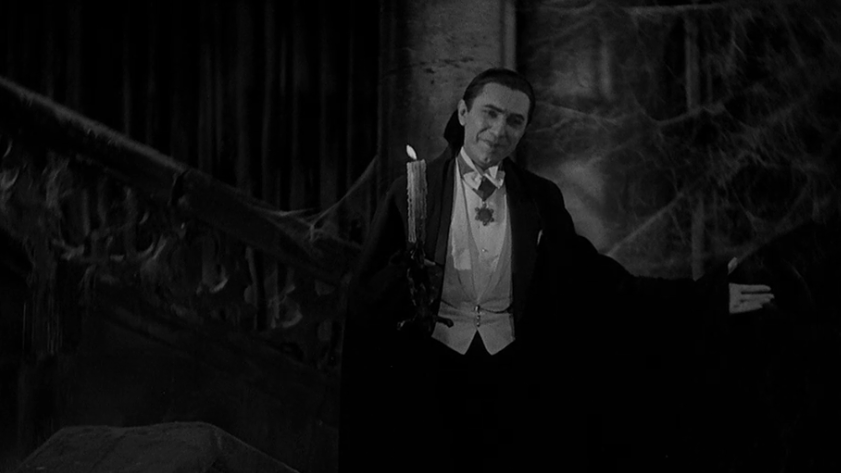

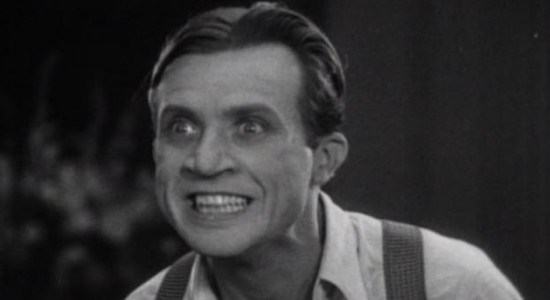
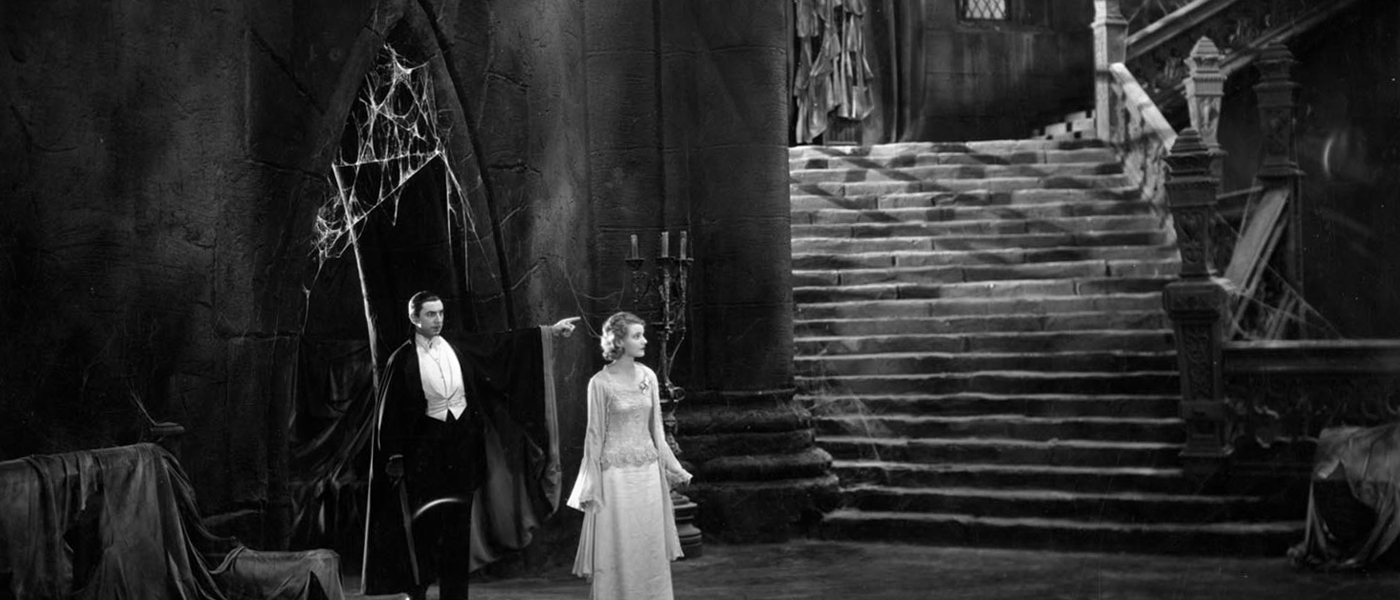
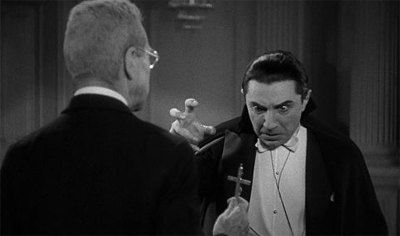


No comments:
Post a Comment